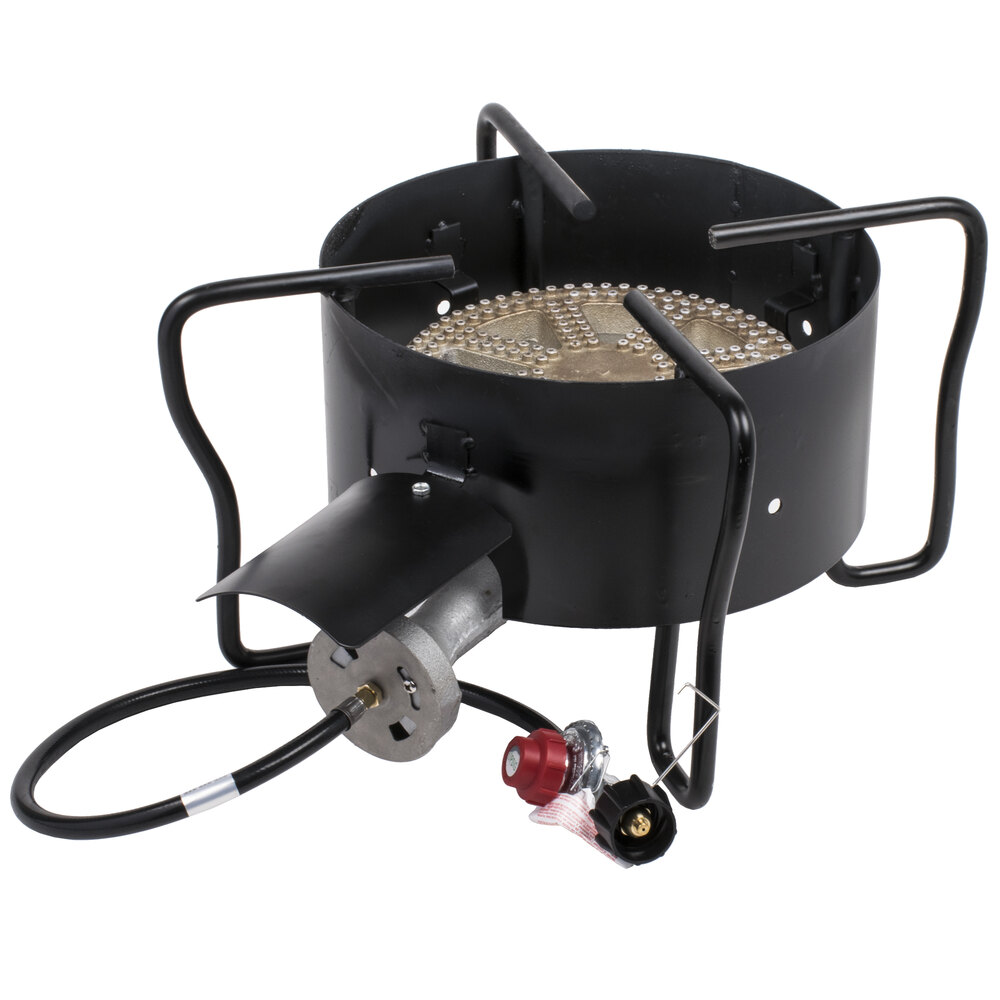Molar,
welcome to the forum.
First, Yes keep the COWW and SOWW separate.
Second, hold off on your Lyman #2 blending project, Do some reading first. Besides the lyman casting book, there is "From Ingot to Target" by Glen Fryxell. But the info in the link below is about as good as it gets for info about alloys.
http://www.lasc.us/CastBulletNotes.htm
Now, as others have said, you don't need really Lyman #2.
I use 50% COWW and 50% near pure (which can be soft range scrap or SOWW)for low pressure pistol boolits. I use COWW for Magnum pistol boolits and 9mm and 40, as they are high pressure rounds. I will add tin, only if I think I need it, for casting fillout for a troublesome mold or if the alloy doesn't seem to be up to snuff...once you get some experience casting, these things will become obvious, but I realize to a newbie (I was one not too long ago), it seems impossible to read the tea leaves...or um, the alloy dross as it were.
When you get to castboolit Rifle loading(once you leave the low pressure range, there is a new set of guidelines), anyway for the most part, using the starting loads (or near it) in the Lyman cast boolit handbook 4th Ed, COWW will be fine...generally I would add tin, as long skinny rifle boolits are troublesome to cast. With that said, some years back, I ordered some 94-3-3 that was blended by someone how had equipment (that I don't have) to achieve a blend near certified grade. I wanted to do some testing type loading, otherwise I wouldn't have went that route, as.... honestly for our intents and purposes, that is equivalent to COWW with 2% tin added.














 Reply With Quote
Reply With Quote



















